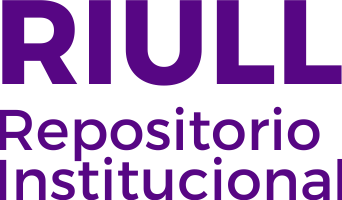Modeling the role of marine protected areas on the recovery of shallow rocky reef ecosystem after a catastrophic submarine volcanic eruption.
Fecha
2020Resumen
Modeling is a useful approach to learn about the capacity of the systems to recover after disturbances. In October
2011, a submarine volcanic eruption in The Punta Restinga–Mar de Las Calmas Marine Protected Area (RMCMPA) caused catastrophic mass mortality. We modeled the recovery dynamics of the fully protected (no-take
zone), partially protected (buffer zone), and unprotected (fished zone) areas to evaluate their resilience and their
potential to restore fishing resources. Recovery varied with species and levels of protection. Benthic macroalgae
and parrotfish populations recovered the fastest. Piscivore fishes, macroinvertebrate feeders, and macroinvertebrate detritivores required more extended recovery periods. The levels of protection played a significant
role in recovery, with the no-take zone showing more resilience than the buffer and fished zones. Our results
suggest that no-take zones are crucial in the recovery process after catastrophic events. Regular monitoring of
benthic communities provided the necessary data to model these communities and to point to the regulation of
the artisanal fleet activity in restricted fishing areas as a mechanism to further enhance the recovery of fishing
stocks.






